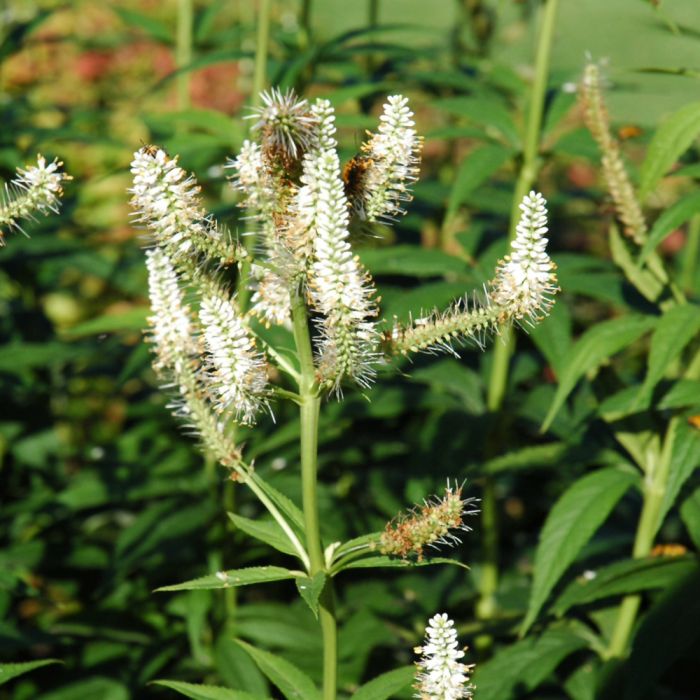Veronicastrum, Culver’s Root, 6 pack



Out of stock
Coming soon, still growing- Sun Preference
- Full-Sun, Part-Sun
- Bloom Time
- July, August
- Buy 6 for $15.00 each and save 12%
Description
Culver's Root | Veronicastrum virginicum
Culver's Root has masses of beautiful spikes of white flowers rising above the foliage from late summer to mid fall, which are most effective when planted in groupings. The flowers are excellent for cutting. Its narrow leaves remain dark green in color throughout the season.Minnesota's Largest Selection of Perennials
Discover an unparalleled selection of perennials at Gertens! With the largest variety in Minnesota, we offer endless options of colorful perennials, natives, and pollinator plants to beautify your garden year after year. From vibrant flowers to lush foliage, our perennials are perfect for adding beauty and charm to your outdoor space. Visit Gertens today and see why we're known as Minnesota's Destination Garden Center!
Details
Culver's Root is an herbaceous perennial with a rigidly upright and towering form. Its relatively coarse texture can be used to stand it apart from other garden plants with finer foliage.
This plant will require occasional maintenance and upkeep, and is best cleaned up in early spring before it resumes active growth for the season. It is a good choice for attracting butterflies to your yard, but is not particularly attractive to deer who tend to leave it alone in favor of tastier treats. It has no significant negative characteristics.
Culver's Root is recommended for the following landscape applications;
- Mass Planting
- General Garden Use
Culver's Root will grow to be about 3 feet tall at maturity extending to 4 feet tall with the flowers, with a spread of 3 feet. When grown in masses or used as a bedding plant, individual plants should be spaced approximately 30 inches apart. It tends to be leggy, with a typical clearance of 1 foot from the ground, and should be underplanted with lower-growing perennials. It grows at a fast rate, and under ideal conditions can be expected to live for approximately 10 years. As an herbaceous perennial, this plant will usually die back to the crown each winter, and will regrow from the base each spring. Be careful not to disturb the crown in late winter when it may not be readily seen!
This plant does best in full sun to partial shade. It requires an evenly moist well-drained soil for optimal growth. It is not particular as to soil type or pH. It is somewhat tolerant of urban pollution. This species is native to parts of North America. It can be propagated by division.
More Information
| Available for Pre-Order | No |
|---|---|
| MN Native Plants | MN Native Plants |
| Sun Preference | Full-Sun, Part-Sun |
| Bloom Time | July, August |
| Mature Spread (Range) | 24" - 36" |
| Mature Height (Range) | 25" - 36" |
| USDA Hardiness Zone | 3 |


